Remove the read, write, and execute permission for all users except the file's owner chmod ogrwx filename The same thing can be also accomplished by using the following form chmod og=Chmod stands for change mode, which changes the file or directory mode bits To put it simply, use chmod command to change the file or directory permissions Following is a sample of ls l command outputChmod never changes the permissions of symbolic links;

Bash Chmod U X Problem In Case Statement In Shell Script Ask Ubuntu
Chmod command in linux syntax
Chmod command in linux syntax-The " chmod " is an acronym for " change mode " It modifies the access of your system directories, files, and scripts The " chmod " command has specific modes that determine the permission for modification These modes are represented by numerical form The chmod command is used with options and files and folders It has the following syntax chmod OPTION FILE_FOLDER OPTION is chmod command option or permission values about the FILE_FOLDER FILE_FOLDER is the file or folder we want to change its permission




How To Use Chmod Command In Linux
Chmod Command in Linux (File Permissions) In Linux access to the files is managed through the file permissions, attributes and ownership This tutorial covers how to use the chmod command to change the access permissions of files and directoriesRemove the execute permission for all users chmod ax filename; Chmod_Command_in_Linuxpng In Linux, access to the files is managed through the file permissions, attributes, and ownership This ensures that only authorized users and processes can access files and directories This tutorial covers how to use the chmod command to change the access permissions of files and directories
Chmod command in Linux with examples GeeksforGeeks › Search The Best Online Courses at wwwgeeksforgeeksorg Courses Posted (1 week ago) Now, let us see how chmod command can be used to change the access mode of a file Example 1 Let's change the assgn1_clientc permission so that the owner cannot write (w) in the file but can only read it The chmod command in Linux is used to manage file permissions It's an essential command that pretty much every user will find the need to utilize at least every once in a while Linux file permissions involve read, write, and execute permissions These permissions can be assigned to the file or directory by its owner, a group of users, or "other" users (users that are H ow do I use chmod and chown command under Linux / Unix operating systems?
Linux script files are very useful to execute multiple commands again and again They are a very practical way to executed multiple commands But in order to run a script file, it should be executable By default when a script file is created it is not executable In order to make it executable, the chmod command should be used chmod Command The command name chmod stands for "change mode" It restricts the way a file can be accessed In general, chmod commands take the form chmod options permissions file name If no options are specified, chmod modifies the permissions of the file specified by file name to the permissions specified by permissions The chmod command in Linux/Unix is abbreviated as CHange MODe Chmod command is useful to change permission for Files and folders in Linux/Unix File/Directory permission is either Read or Write or executable for either user or group or others This type of restriction is useful for effective file/folder management, securing system and providing a level




How To Use The Chmod Command 2 Minute Linux Tips Youtube




Linux Chmod Command Examples Journaldev
In Linux, the chmod 644 command works for both files and directories You can set the chmod 644 commands in any Linux filesystem, server, or media player server like Plex or Emby Here is an example of how you can run the chmod 644 commands on a Linux system sudo chmod 644 /path/to/file 8 chmod 600 Allow ReadWrite, But No Execution The command CHMOD stands for change mode, and this is used to change the permission of a File or DirectoryThe Command CHOWN stands for Change Owner and this is used to change the ownership of a File or Directory Also Read Linux Tutorial for Beginners && Git Tutorial for Beginners Let us understand CHMOD and CHOWN commands in detail CHMODUse the chown command to change file owner and group information we run the chmod command command to change file access permissions such as read, write, and access This page explains how to use chmod and chown command on Linux or Unixlike systems




Understanding File Permissions What Does Chmod 777 Mean Make Tech Easier




How To Use Chmod Command In Linux Explained With Examples
This Linux chmod command tutorial shows you to change file permissions including mode, octal and binary of files and directories with examples and syntax F Every file in the Linux / macOS Operating Systems (and UNIX systems in general) has 3 permissions Read, write, execute Go into a folder, and run the ls al command The weird strings you see on each file line, like drwxrxrx, defineThe chmod system call cannot change their permissions This is not a problem since the permissions of symbolic links are never used However, for each symbolic link listed on the command line, chmod changes the permissions of the pointedto file




How To Use Chmod Command In Linux Explained With Examples
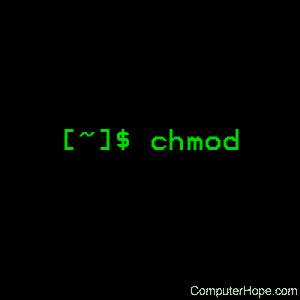



Linux Chmod Command Help And Examples
The file permissions in Linux are the following three types read (r) write (w) execute (x) Let's see how to change the file permission using the chmod command Syntax The basic syntax of chmod command is as follows chmod chmod In this article, we explain file permissions in Linux and one of the basic Linux commands for beginners, ie the chmod command used for this purpose, with its most frequently used command options What is Linux?The group permission is 5 and others permission is 4 Therefore, the commands that use numbers to represent permissions arechmod 754 file For example, there's one in my directoryfile2File, current permissions arerwrr(644), now change torwxrxrx(755), execute the command $ chmod 755 file2You can Description of other parameters




How To Run A Script In Linux Nixcraft




Linux Chmod File Permissions Decoded From The 1980s Rickyadams Com
Chmod In Unix and Unixlike operating systems, chmod is the command and system call used to change the access permissions of file system objects ( files and directories) sometimes known as modes It is also used to change special mode flags such as setuid and setgid flags and a 'sticky' bitChmod never changes the permissions of symbolic links This is not a problem since the permissions of symbolic links are never used However, for each symbolic link listed on the command line, chmod changes the permissions of the pointedto file chmod is a Linux command that will let you "set permissions" (aka, assign who can read/write/execute) on a file Usage chmod permissions file OR Usage chmod permission1_permission2_permission3 file When using chmod, you need to be aware that there are three types of Linux users that
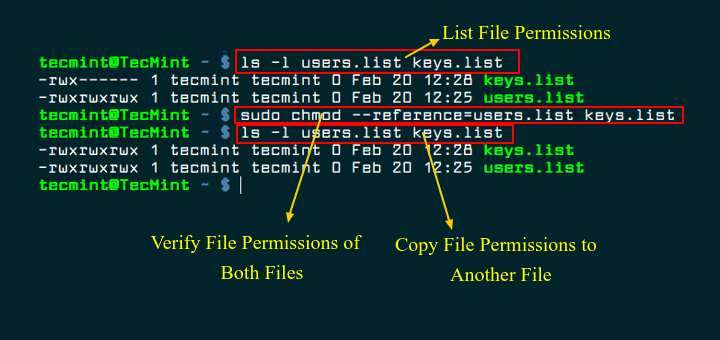



How To Copy File Permissions And Ownership To Another File In Linux
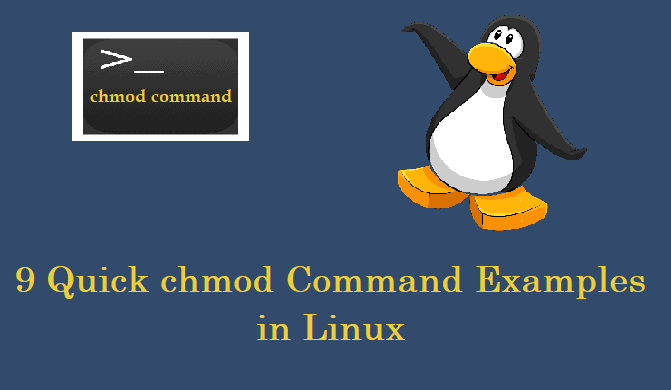



9 Quick Chmod Command Examples In Linux
By admin The chmod command enables you to modify the permissions of a file or directory Only the owner of the file or directory or the system administrator can change the chmod command is used to change access permission of files and directories in Linux operating systemschmod stands for change modeAccess permissions specify whether a user account or group can read, write, or execute a given file How to Use the chmod Command on Linux chmod Modifies File Permissions In Linux, who can do what to a file or directory is controlled through sets of Viewing and Understanding File Permissions We can use the l (long format) option to have ls list the file permissions Understanding The
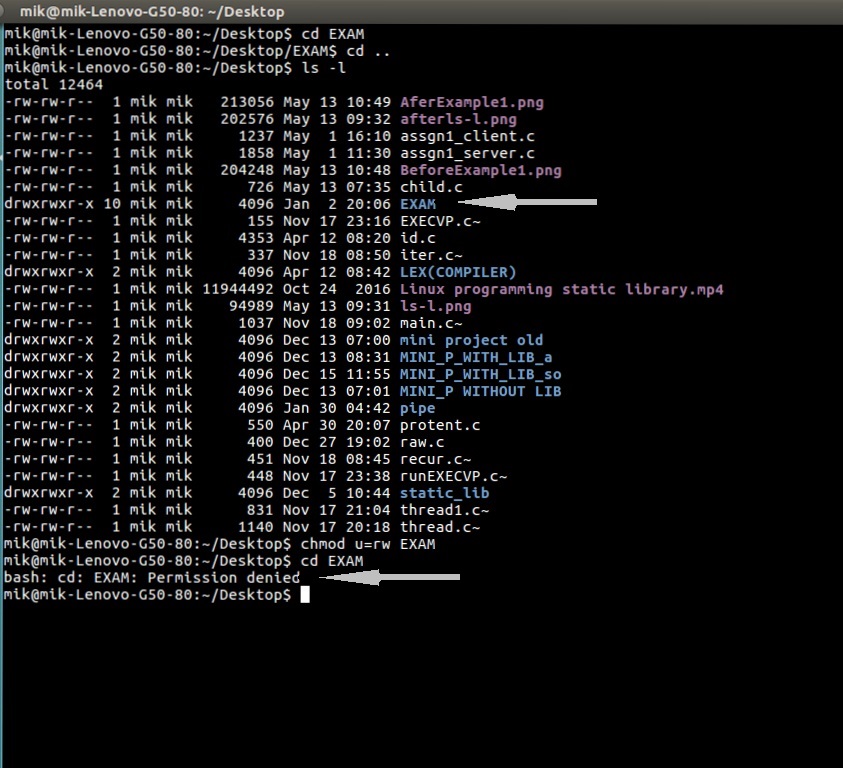



Chmod Command In Linux With Examples Geeksforgeeks
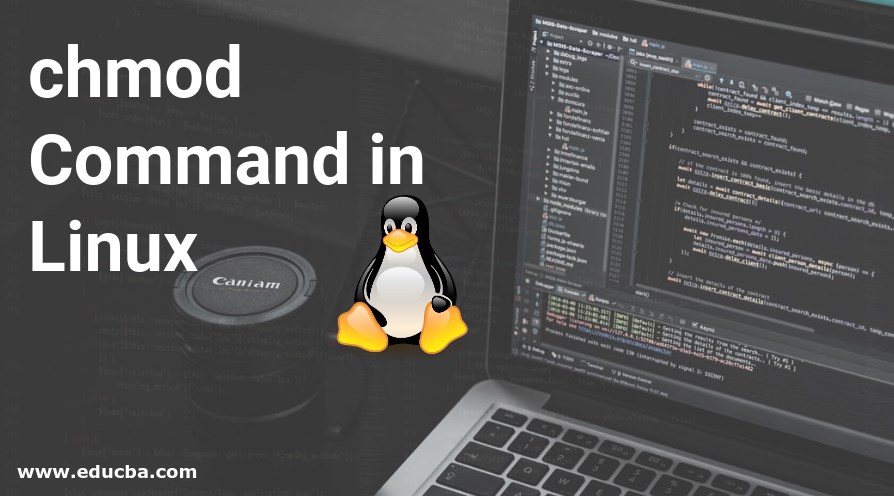



Chmod Command In Linux Operators Used In Chmod Command In Linux
219 In Linux operating system, the chmod command is used to change the access mode of a file chmod is an abbreviation of change mode Basically, change of mode or chmod command lets you change the access mode of files in Linux This lets you decide who can access and run files Here at LinuxAPT, as part of our Server Management Services, we Examples To Change group ownership In our case I am using group1 as a group in the system To change ownership we will use chown group1 file1txt You can see that the group permissions changed to group1 from root, if you use v option it will report that We just need to add a "" to change group Now, let us see how chmod command can be used to change the access mode of a file Example 1 Let's change the assgn1_clientc permission so that the owner cannot write(w) in the file but can only read it BEFORE rwrwr mik mik assgn1_clientc COMMAND chmod u=r assgn1_clientc AFTER rrwr mik mik assgn1_clientc Before
/GettyImages-1021092796-ea8c63ee76f84bd5bf98c4222337fbb4.jpg)



How To Use The Chmod Command In Linux
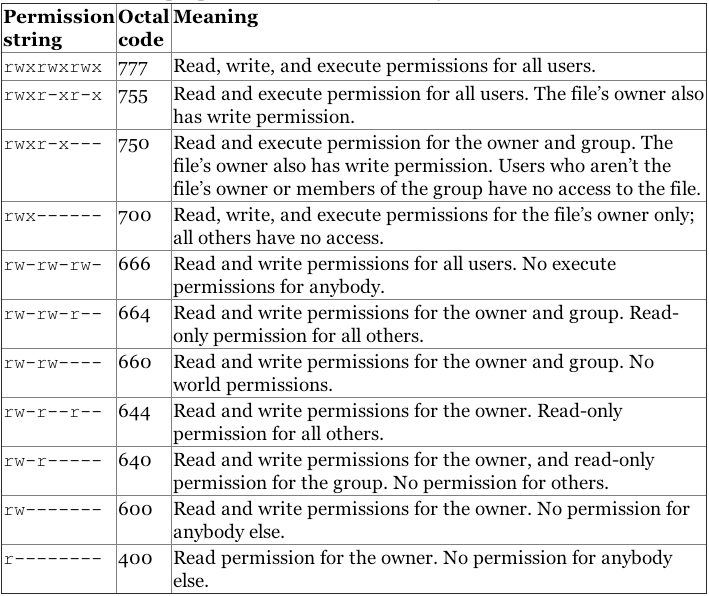



Linux Users And Groups Linode
This video explains chmod and chown commandspart 1 https//wwwyoutubecom/watch?v=kzRZVjHatuouser management in linuxhttps//wwwyoutubecom/watch?v=iXU This article explores chmod 777, a Linux command used to give ALL RIGHTS to the user, group, and others As a new Linux user, web developer , or system administrator, you have probably been instructed to type chmod 777 /path/to/file/or/folder chmod 777 /path/to/file/or/folder chmod 777 /path/to/file/or/folderBasic "chmod" Command examples in Linux by admin The Linux command to change permissions on a file or directory is chmod, which we like to read as change file mode chmod has two operating modes symbolic mode numeric/octal mode To change permission using the Linux chmod command we have to follow some syntax and rules




In Java How To Set File Permission On A File Using Posixfilepermission Understanding Chmod Command Crunchify
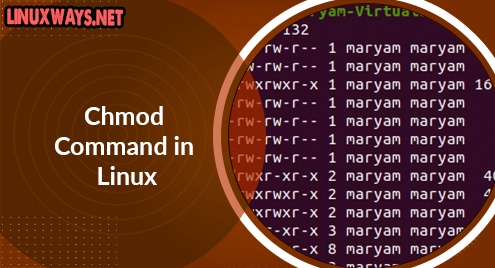



Chmod Command In Linux Linuxways
Linux is a family of opensource operating systems based on the Linux kernel The first Linux system kernel was released on SeptemberRecursively remove the write permission for other users chmod R ow dirname; What is chmod Linux command chmod command or "change mode command", and as that name implies, the chmod command is used to change the mode of Unix/Linux files In other words it is used to define the way a file can be accessed




How To Use Chmod And Chown Command In Linux



Linux
Chmod command in linux with examples Chmod means 'change mode' and it changes file or directory mode bits (the way a file can be accessed) You can use chmod in the command line to change file or directory permissions on unix or unixlike systems such as linux or BSD Linux Chmod Command Cheatsheet Claudio Sabato Blog Use this cheatsheet to find out the meaning of a given chmod command Understand how each command translates into filesystem permissions The chmod command is used to set permissions for files and directories in a Linux system




What Is Chmod X Command In Linux Linuxtect




Everything You Need To Know About Linux Chmod Command




How To Copy File Permissions And Ownership To Another File In Linux
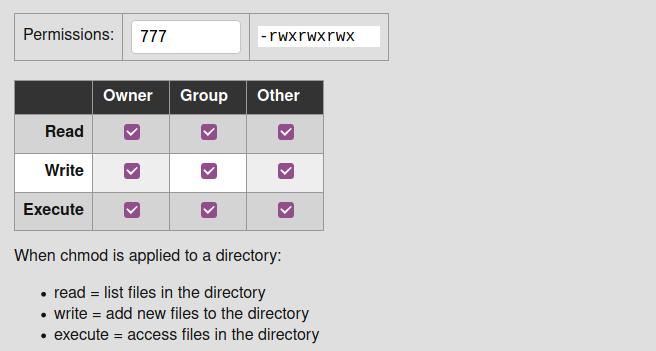



Everything You Need To Know About Linux Chmod Command
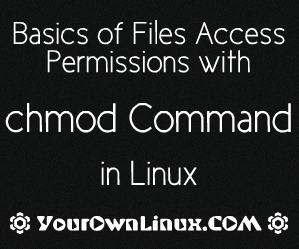



Your Own Linux Chmod Basics Of Files Directories Permissions And Use Of Chmod




Learning The Shell Lesson 9 Permissions




8 Linux Chmod Command Examples To Understand It The Linux Juggernaut




What Is Chmod X Command In Linux Linuxtect




Linux File Permission Javatpoint




The Basics Of The Chmod Command Pi My Life Up
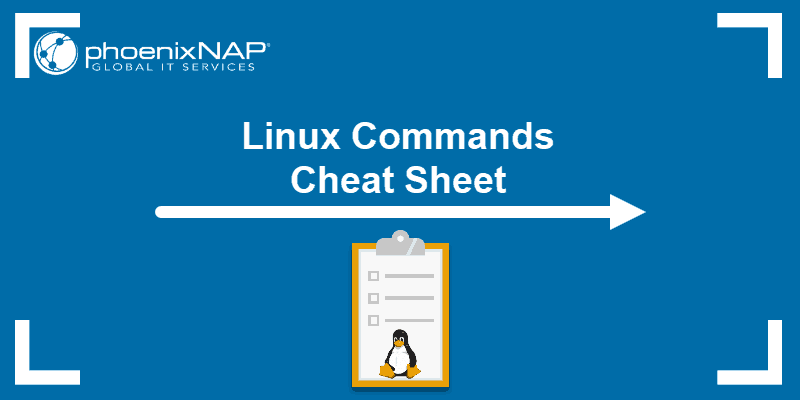



Linux Commands Cheat Sheet Definitive List With Examples




Linux Commands For Beginners Old Version 17 Changing Permissions Youtube
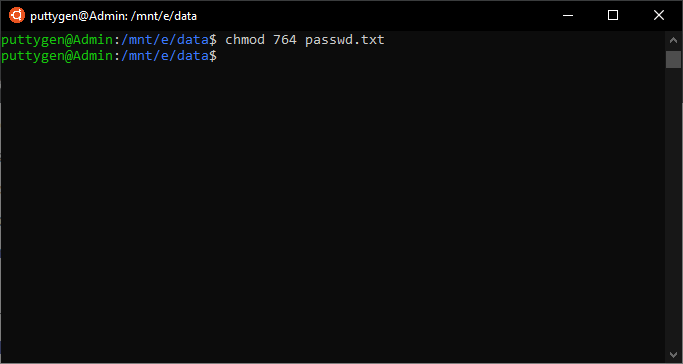



Top 50 Linux Commands With Example




Chmod Command In Linux File Permissions Linuxize
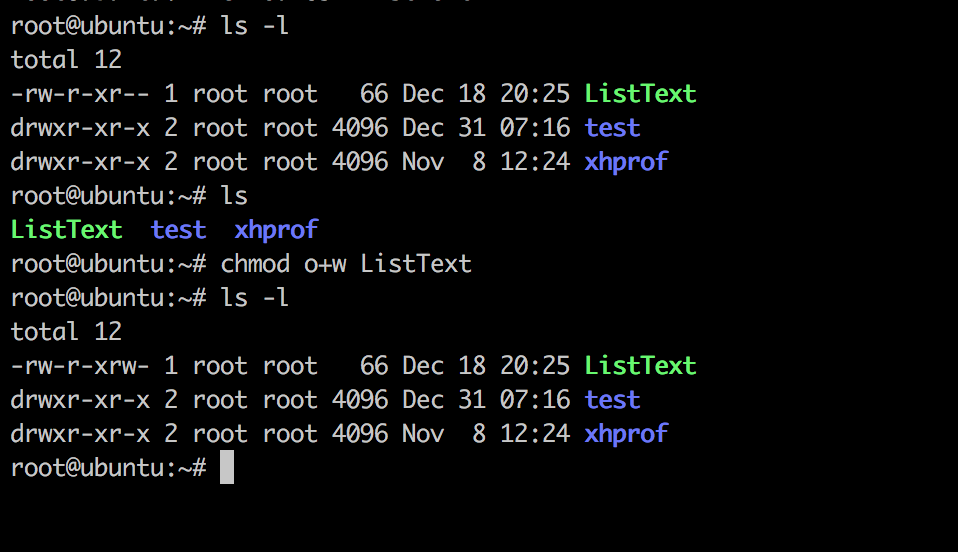



Linux Chmod Command Linuxfordevices




The Chmod Command




How To Change Directory Permissions In Linux Pluralsight




Chmod Command In Linux File Permissions Tecnstuff




How To Use Chmod Command In Linux




How To Use Chmod And Chown Command In Linux Nixcraft




11 Popular Unix Linux Chmod Command Examples To Change File Permissions Cyberithub




Linux Commands 5 File Permission Chmod Youtube
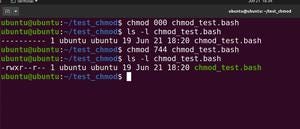



Chmod Command In Linux Use Chmod Command To Get Directories By Ali Zhagparov Javarevisited Medium




What Does Chmod 777 Mean Linuxize
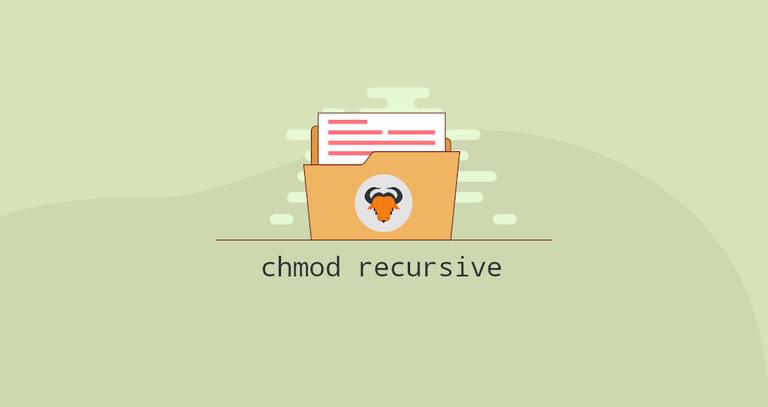



How To Recursively Change The File S Permissions In Linux Linuxize




Linux Commands Linux Tutorials Learn Linux Configuration
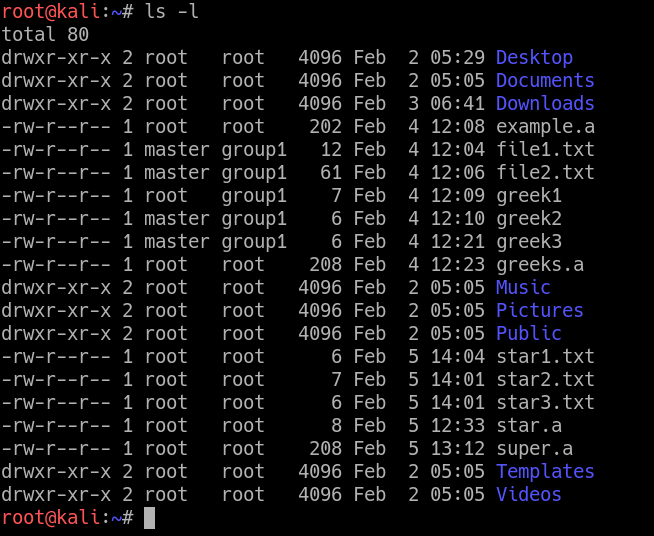



Chown Command In Linux With Examples Geeksforgeeks
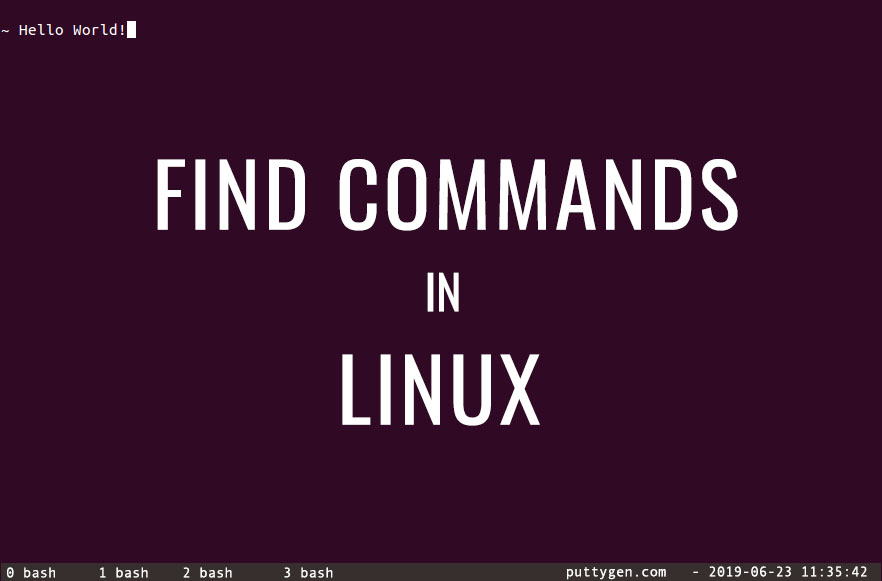



30 Find Command In Linux With Examples




Bash Chmod U X Problem In Case Statement In Shell Script Ask Ubuntu
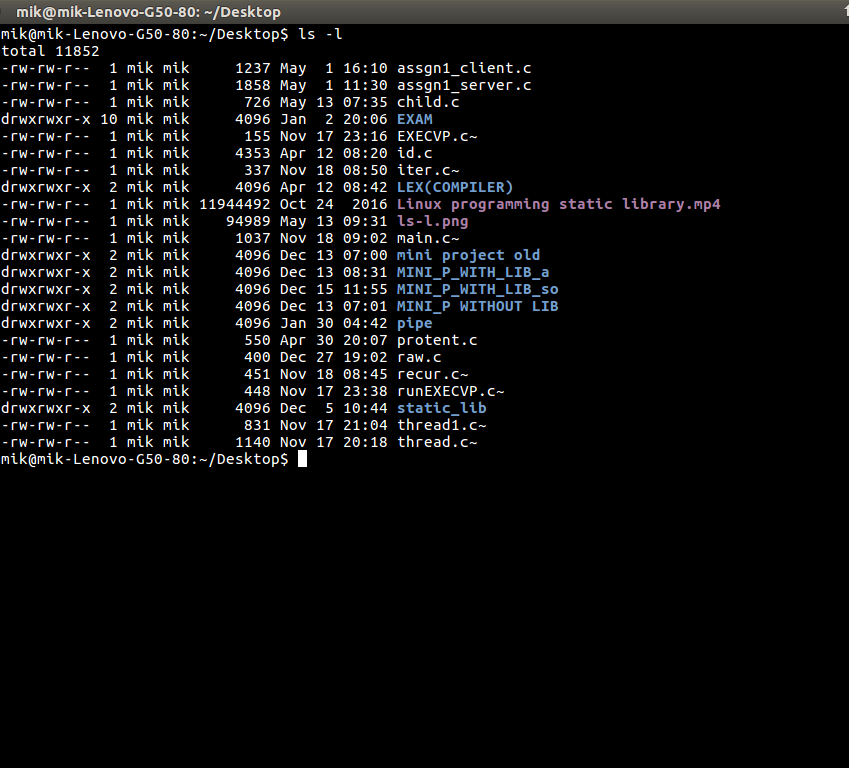



Chmod Command In Linux With Examples Geeksforgeeks




Your Own Linux Chmod Basics Of Files Directories Permissions And Use Of Chmod




Why Isn T Chmod Command Functioning In Kali Linux Super User




9 Quick Chmod Command Examples In Linux




Explained How To Use Chmod Command Complete Guide Youtube
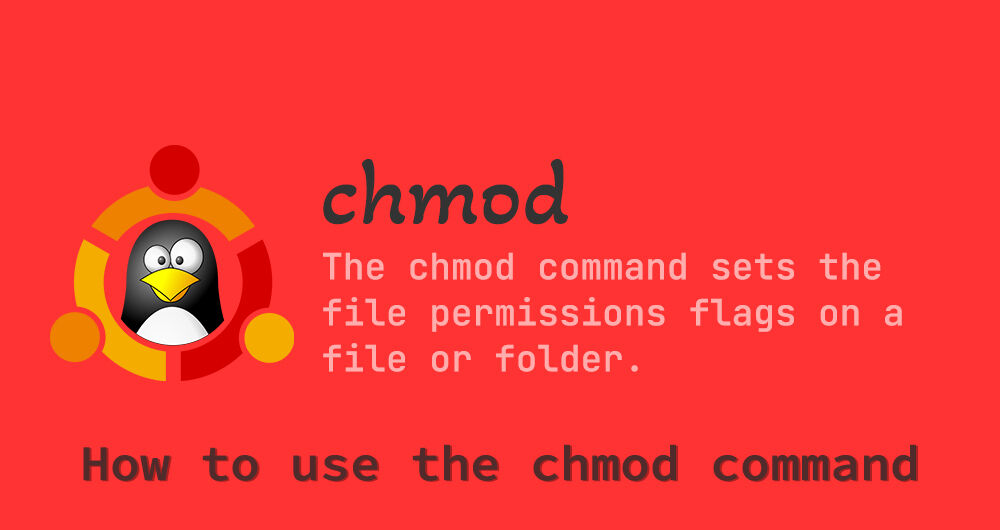



How To Use The Chmod Command In Linux Installmd




How To Use Chmod Command In Linux




Chmod 777 Or 755 Learn To Use Chmod Command With Examples
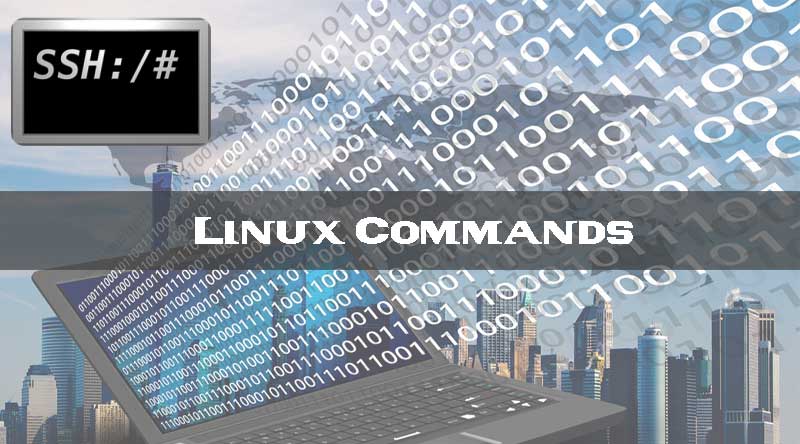



Chmod Command Linux Tutorial Syntax And Examples How To Use Chmod



Best Linux Chmod Command With Examples




Chgrp Command In Linux With Examples Geeksforgeeks



Common Bash Commands




Chmod Command In Linux File Permissions Linuxize
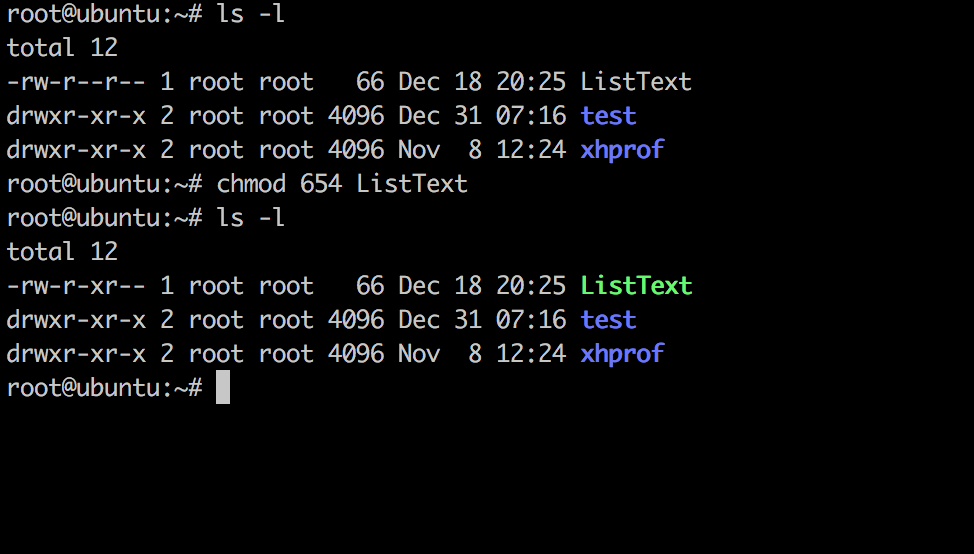



Linux Chmod Command Linuxfordevices




Your Own Linux Chmod Basics Of Files Directories Permissions And Use Of Chmod




How To Use Chmod And Chown Command In Linux Nixcraft




How To Change Directory Permissions In Linux Pluralsight
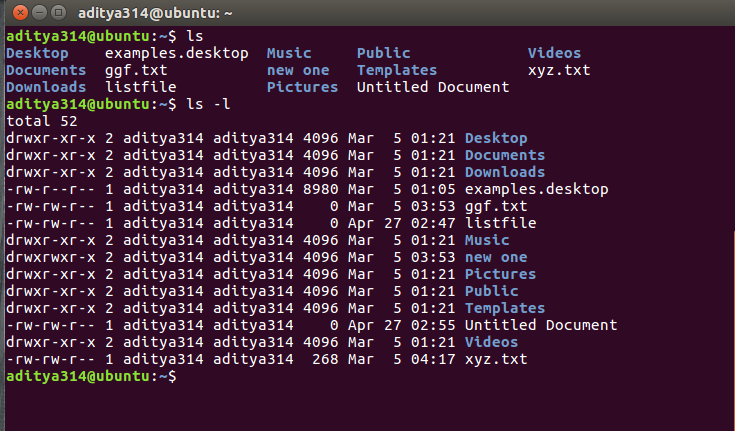



Permissions In Linux Geeksforgeeks
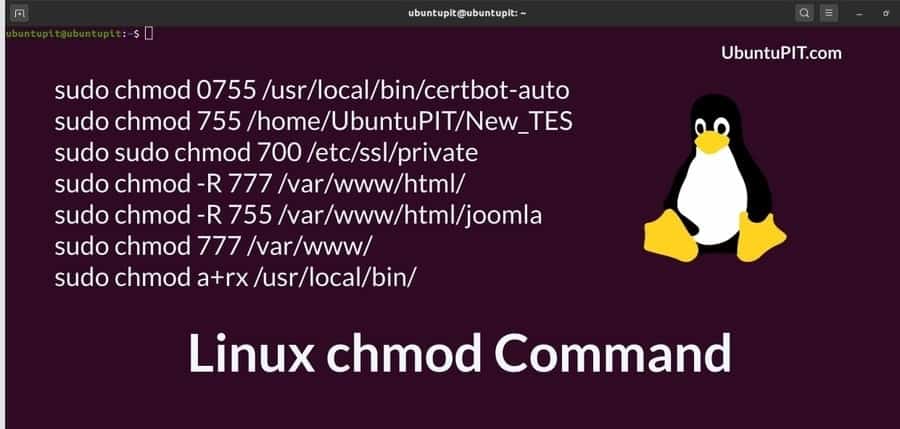



Everything You Need To Know About Linux Chmod Command




How To Use The Chmod Command On Linux
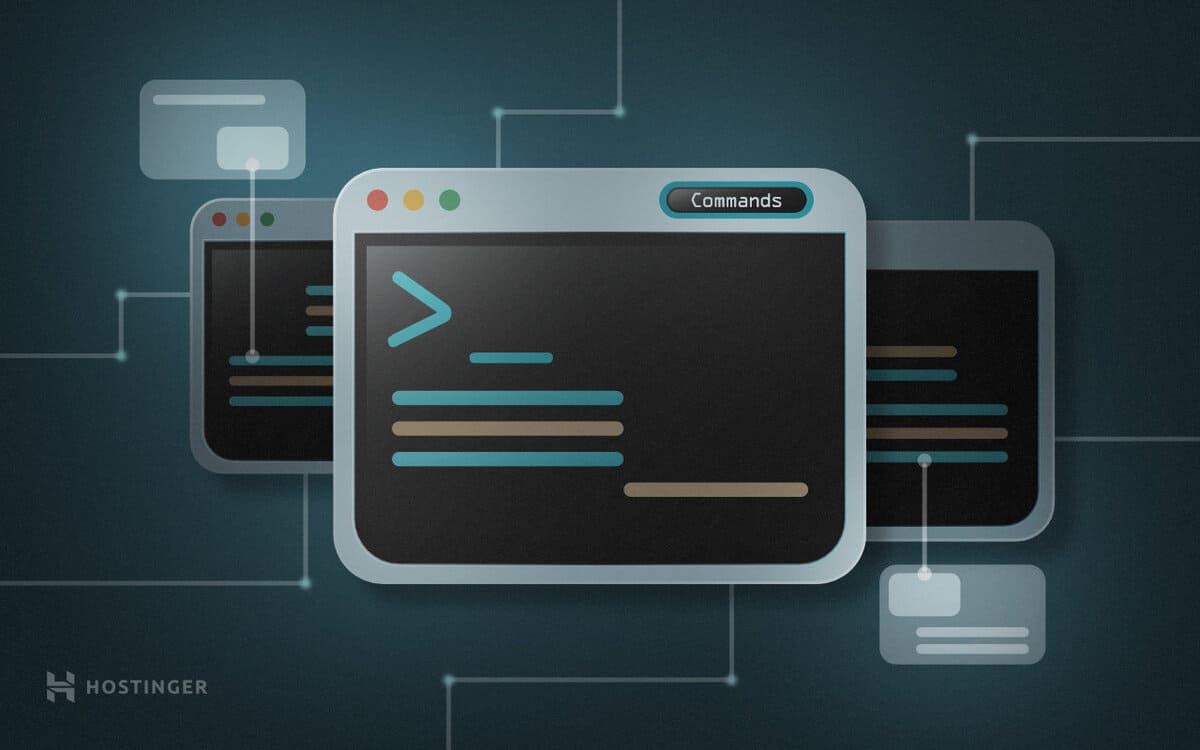



35 Linux Basic Commands Every User Should Know Cheat Sheet




Chmod 777 Or 755 Learn To Use Chmod Command With Examples



2 3 Basic Linux Shell Commands Bioinformatics Web Development




Top 50 Linux Commands You Must Know Journaldev
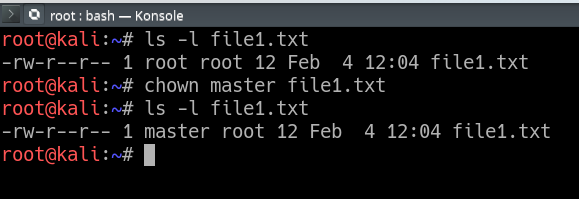



Chown Command In Linux With Examples Geeksforgeeks




Basic Linux Commands Linuxize



1




How To Use Chmod Command In Linux Explained With Examples




How To Use Chmod Command In Linux Explained With Examples



Basic Linux Commands Ubuntu
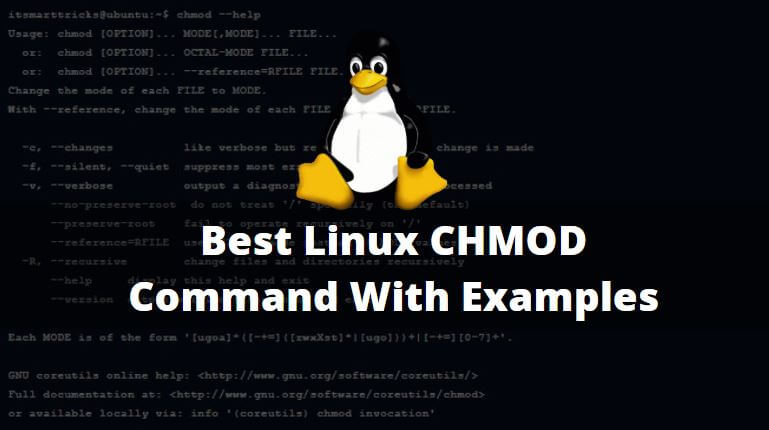



Best Linux Chmod Command With Examples It Smart Tricks




Chmod 777 In Terminal The Command To Make All Changes Affect Every File And Folder Ask Ubuntu




Restore Executable Permission To Chmod Command In Linux Ostechnix
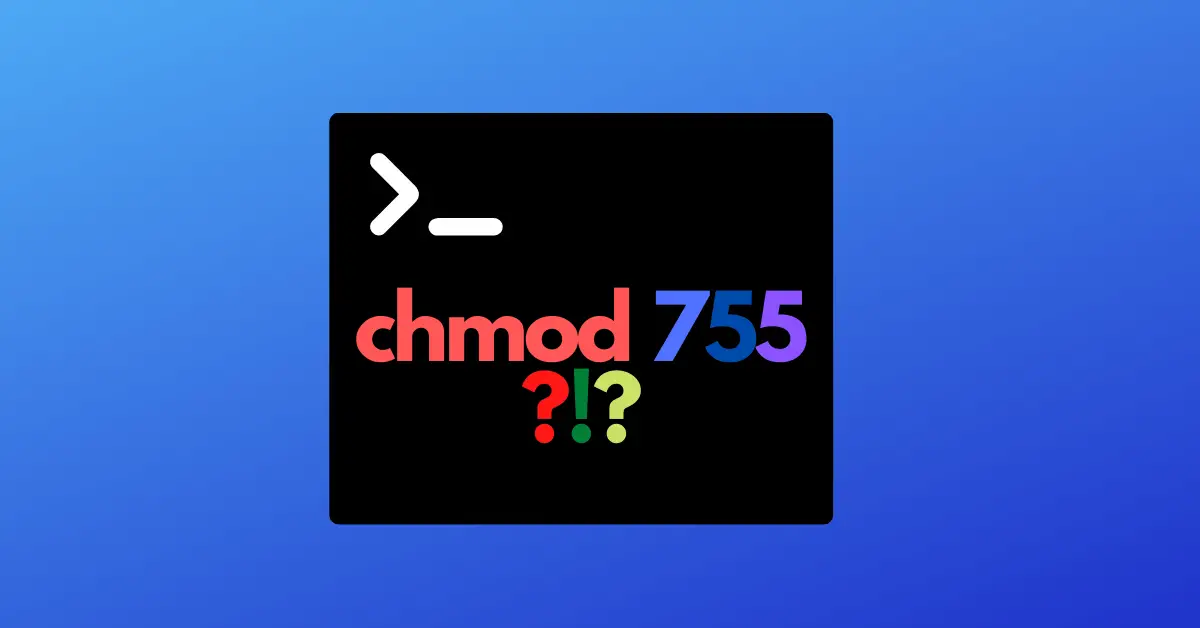



Chmod 755 Command What Does It Do Codefather
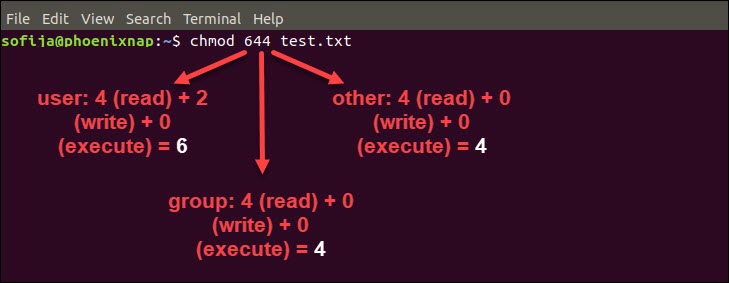



Linux File Permissions Tutorial How To View And Change Permission




The Linux Command Handbook




Linux Chmod Chown Syntax And Chmod Chown Examples




Modify File Permissions With Chmod Linode




Introduction To The Linux Chmod Command Opensource Com




Linux Chmod Command Summary With Examples Youtube




Javarevisited 10 Examples Of Chmod Command In Unix Linux




Linux Commands Chmod Cloudaffaire



1




Linux Commands Cheat Sheet Linux Training Academy




How To Change Directory Permissions In Linux Pluralsight




Linux Chmod Command Tutorial For Beginners




Whatever You Knew About Chmod Is Wrong Alien Coders




Chmod Command In Linux With Examples Linux Command Line Tutorial




How To Use The Chmod Command On Linux
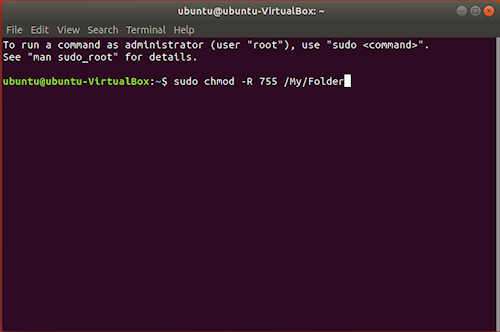



Introduction To Linux File Permissions Attributes Chmod Globo Tech



3




How To Use Chmod Command In Linux Explained With Examples
.png)



File Permissions In Linux Unix How To Read Write Change




Linux Commands Chmod



Linux Command Line Basics Part 4 I Have A Pc I Have A Pc
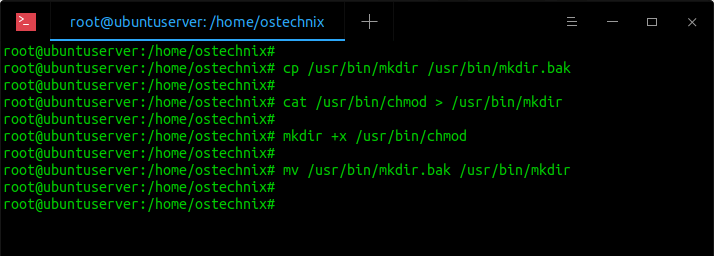



Restore Executable Permission To Chmod Command In Linux Ostechnix
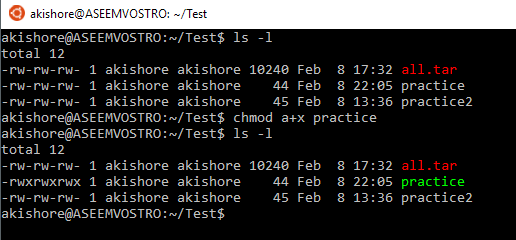



Understanding Linux Permissions And Chmod Usage



0 件のコメント:
コメントを投稿